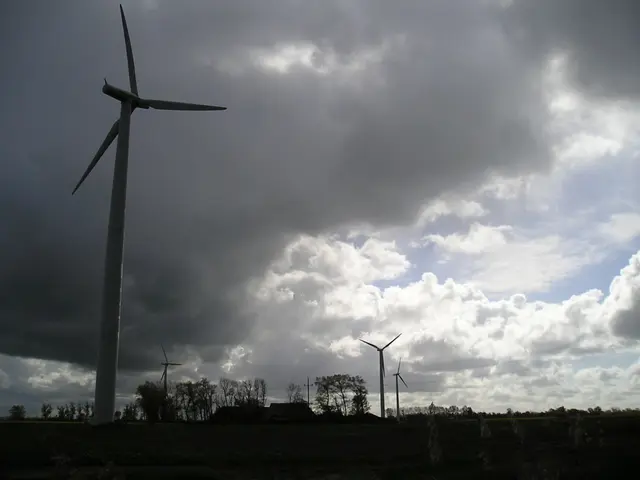Latvia's winter cooling down marks the conclusion of its heating season
In the city of Riga, the payment discipline for heating remains stagnant, with residents struggling to keep up with payments. By March this year, 4% of Riga residents had yet to pay for their heating, accumulating a debt of almost 10 million euros. This is a concerning trend that continues to persist, despite the planned tariff reduction changes for Riga Heat, which is set to decrease from 82.63 euros per megawatt-hour on 1 June, and further to 76.49 euros per megawatt-hour on 1 October.
In contrast, the heating scenario in Jurmala appears to be more stable. Tariffs have stabilised for the next heating season, and 75-80% of homes in the town are heated with wood chips. Last year, two new biomass boiler houses were commissioned in Jurmala, contributing to the efficient use of this renewable energy source. During peak loads, wood chips and natural gas are used to heat homes, ensuring a reliable supply of heat.
Interestingly, only 2-3% of the population in Jurmala owes money for heating, a stark contrast to Riga. This could be due to the fact that Jurmala residents have been paying directly to the heating company for about five years, unlike in Riga where many residents are still contending with arrears.
Meanwhile, Ventspils, with only 300 apartment buildings, presents a unique case. The city primarily heats with wood chips, with a small amount of pellets and diesel. Residents in Ventspils do not owe much for heating, keeping their costs lower compared to Riga. The heating tariff in Ventspils currently stands at €78.01 per megawatt-hour, slightly higher than Jurmala's tariff but significantly lower than Riga's.
Riga Heat produces 30% of its own heat and 59% of its own wood chips, while it buys 70% of its heat from Latvenergo and independent suppliers. The company is considering diversifying its energy production methods, exploring the use of more residual heat, wind, solar, and innovative technologies to produce heat more efficiently.
Last year, Ventspils had lower heating costs for the population compared to Riga. This trend continued in 2023, with Ventspils maintaining a lower heating tariff. The city of Riga, however, witnessed four changes in heating tariffs last year, indicating a more volatile pricing structure compared to Ventspils and Jurmala.
In summary, while Riga faces challenges with heating payments and tariff changes, Jurmala and Ventspils present more stable scenarios, with a higher proportion of homes heated by renewable energy sources and lower debt levels among residents. Riga Heat is looking to improve its situation by exploring new technologies and strategies for more efficient heat production.








